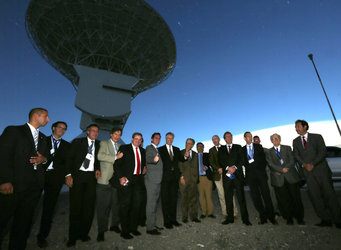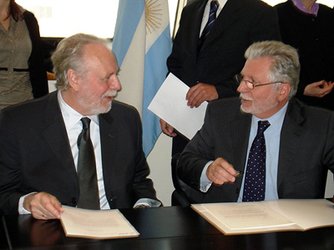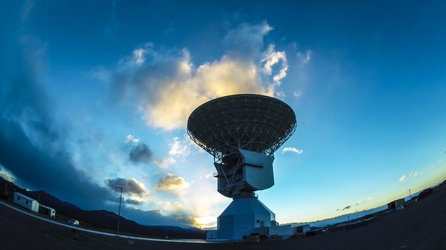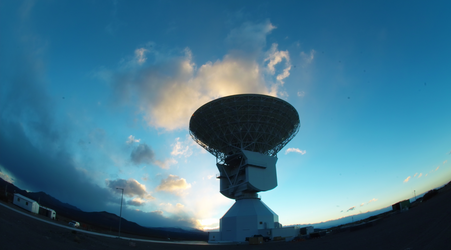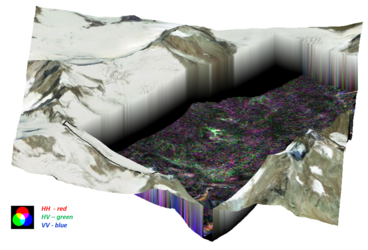ESA extends global ties
As an intergovernmental space agency, ESA engages with countries well beyond those of its member states. A key partnership is with Argentina, one of South America’s most space-connected countries.
Argentina was a founding member of the International Astronautical Federation, the world’s foremost space advocacy organisation, and, in the 1960s, established one of Latin America’s first space offices.
By 1997, ESA and Argentina had begun their first formal cooperation, inking an agreement for Argentine use of data from the Agency’s ERS-1 and ERS-2 Earth observation missions. This ensured access to a vast repository of information about Earth’s land, water, ice and atmosphere until 2011.
In 2002, a more general cooperation agreement was signed, currently in effect until 2023. Under this, ESA and Argentina’s CONAE space office have organised courses and grants for Argentine students as well as workshops in South America studying applications for Earth observation data, particularly in hydrology, natural disaster monitoring and radar applications.
From the Pampas to the cosmos
One of the most visible results came in 2012, with the inauguration of the Agency’s third deep-space ground tracking station, at Malargüe, about 1200 km west of Buenos Aires.

As well as strong national support and the expertise of local industry, Argentina’s geography proved invaluable. ESA’s need was for a station at Argentine longitudes (and in the southern hemisphere) to complete around-the-globe tracking coverage together with ESA’s first and second deep-space stations in Australia and Spain.
Malargüe station supports many of ESA’s most important exploration missions, including Rosetta, Mars Express, ExoMars, LISA Pathfinder and Gaia.
Future ESA missions, such as Euclid, will push the development of the Malargüe station even further, requiring an evolution of the infrastructure to provide solid reliability with even higher-capacity data links.
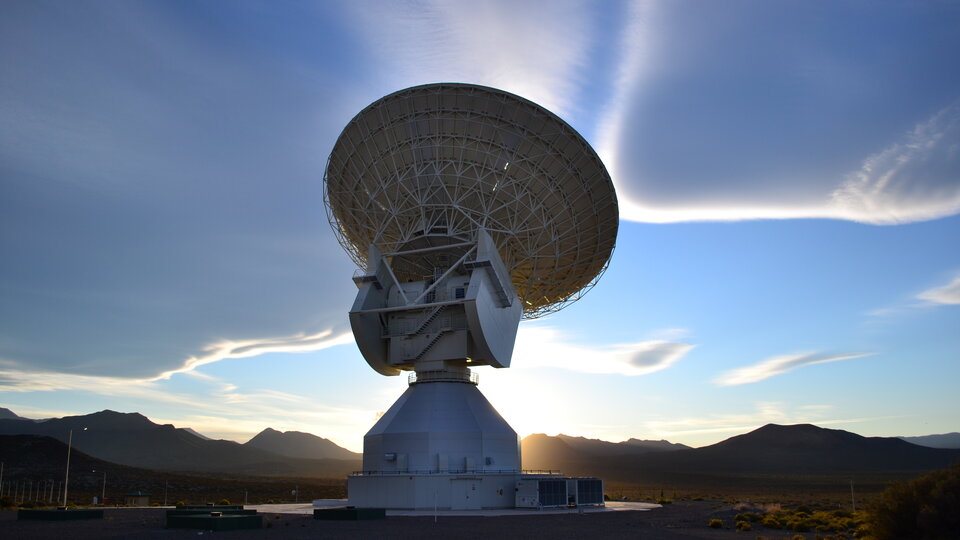
As part of the arrangement with Argentina, 10% of the station’s time is available to Argentine scientists and engineers conducting research using the radio spectrum. This provides a unique opportunity to regional research teams.
Celebrating achievements
On 26 April 2016, two decades’ of cooperation between ESA and Argentina were spotlighted at a Jornada Espacial (Space Day) that marked the transfer of CONAE to the responsibility of a new minister at the Ministry of Science, Technology and Productive Innovation, and which saw senior ESA, CONAE and Argentine government officials reviewing past and current progress and looking at future projects.

One of the most interesting developments discussed is a potential ESA mission dubbed Saocom-CS. Argentina’s two-satellite Saocom (Satélite Argentino de Observación COn Microondas) mission will study soil moisture and provide disaster monitoring, while ESA’s satellite would fly in formation with Saocom-1 for the study of boreal forests.
Such data are of particular importance to Mendoza province, site of the Malargüe tracking station, where detailed knowledge of water use and conservation has a direct effect on the local economy – most notably its world-famous wine production.
With almost 20 years’ of cooperation, and with the promise of deepening ties across missions related to Earth observation, education and training activities and deep-space science, ESA can look forward to strengthening its engagement with Argentina and the Latin American region.



